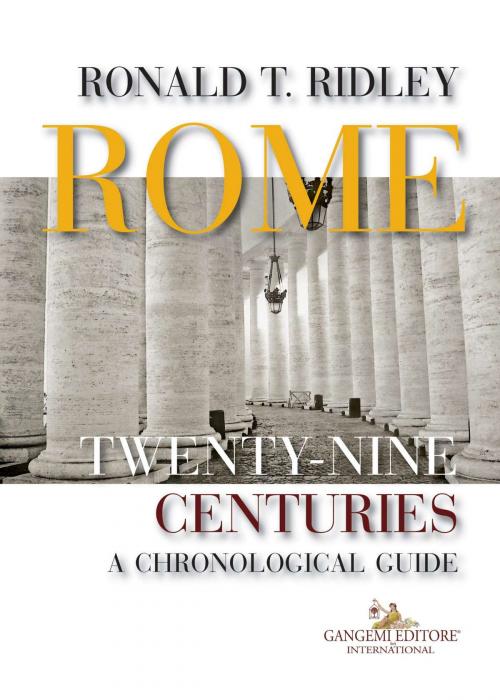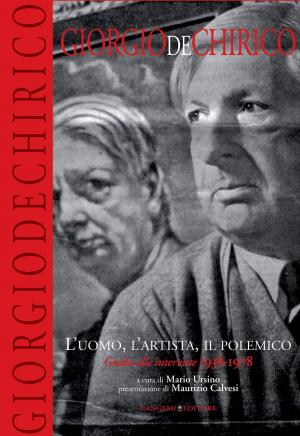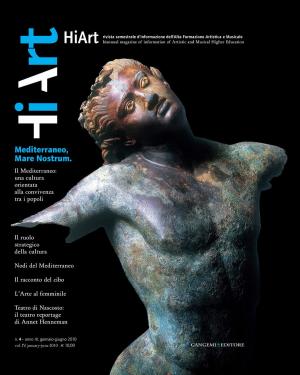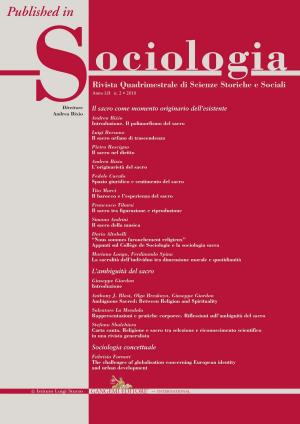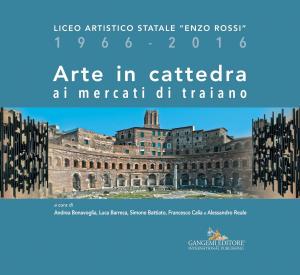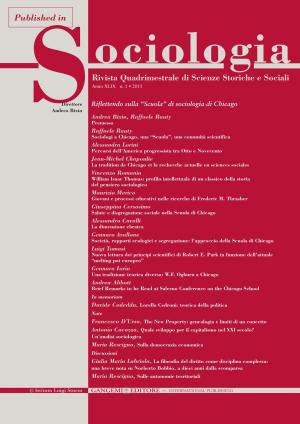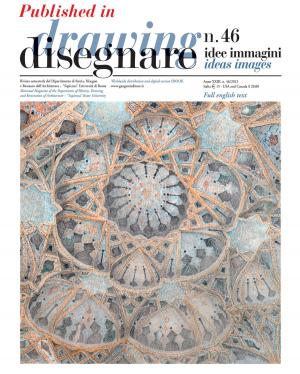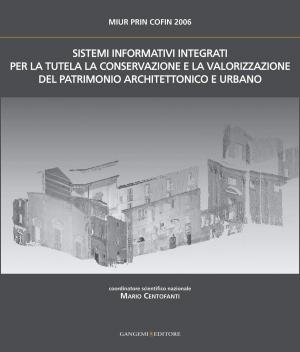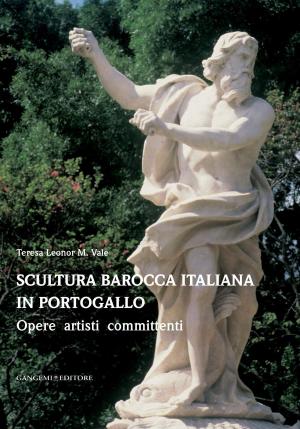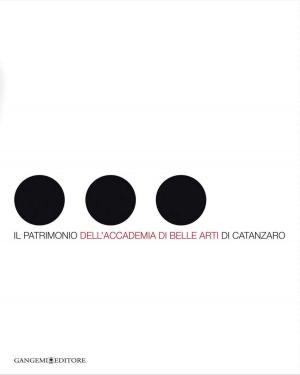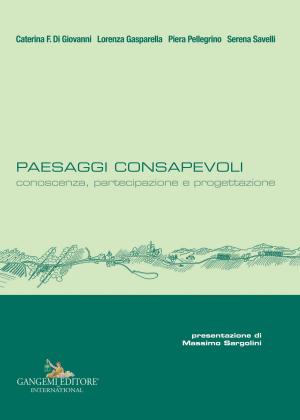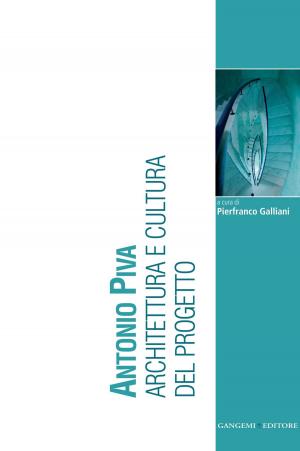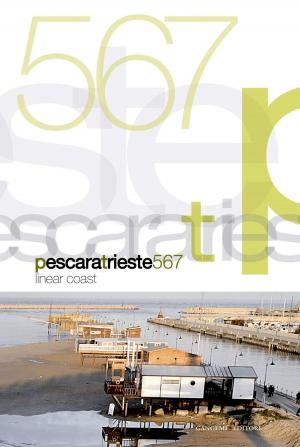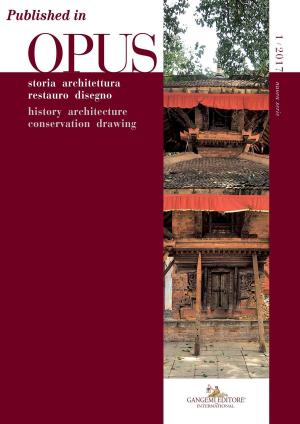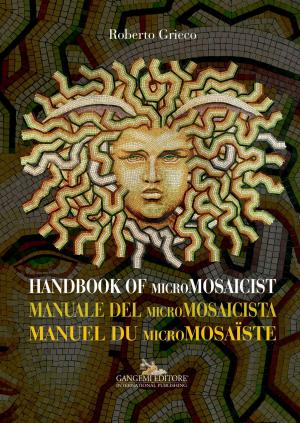| Author: | Ronald T. Ridley | ISBN: | 9788849248159 |
| Publisher: | Gangemi Editore | Publication: | April 26, 2017 |
| Imprint: | Gangemi Editore | Language: | Italian |
| Author: | Ronald T. Ridley |
| ISBN: | 9788849248159 |
| Publisher: | Gangemi Editore |
| Publication: | April 26, 2017 |
| Imprint: | Gangemi Editore |
| Language: | Italian |
The purpose of this ‘guide' is simple. It is to illustrate the incredible history of Rome, now approaching the end of its third millennium. It is also to provide a new kind of ‘guide', illustrating that history. There are many splendid guides to Rome. These guides all follow the same arrangement: the city divided into areas, modelled on the rioni (wards), in order to plan ‘walks'. This is the only rational way that one could explore the city. My intention is to illustrate Rome's history, which requires a totally different organisation. This guide is divided into centuries, giving some indication of what can still be visited, observed, and studied of the city's history over all these centuries. And, incredible to say, there is still something from every century, but a glance at the chapters will show the, not unexpected, very uneven scale of survival. The main value is obviously that one can explore any century which holds special interest. RONALD T. RIDLEY, Australian, graduate of the universities of Sydney (MA) and Melbourne (DLitt), where he taught 1962-2005, retiring from a Personal Chair. His main interests are the history of the ancient world (Egypt-Rome), the history of Egyptian and Roman archaeology, and the history of historiography. He is FSA, FRHistS, corresponding member of the Pontifical Academy of Archaeology, and FAHA.
The purpose of this ‘guide' is simple. It is to illustrate the incredible history of Rome, now approaching the end of its third millennium. It is also to provide a new kind of ‘guide', illustrating that history. There are many splendid guides to Rome. These guides all follow the same arrangement: the city divided into areas, modelled on the rioni (wards), in order to plan ‘walks'. This is the only rational way that one could explore the city. My intention is to illustrate Rome's history, which requires a totally different organisation. This guide is divided into centuries, giving some indication of what can still be visited, observed, and studied of the city's history over all these centuries. And, incredible to say, there is still something from every century, but a glance at the chapters will show the, not unexpected, very uneven scale of survival. The main value is obviously that one can explore any century which holds special interest. RONALD T. RIDLEY, Australian, graduate of the universities of Sydney (MA) and Melbourne (DLitt), where he taught 1962-2005, retiring from a Personal Chair. His main interests are the history of the ancient world (Egypt-Rome), the history of Egyptian and Roman archaeology, and the history of historiography. He is FSA, FRHistS, corresponding member of the Pontifical Academy of Archaeology, and FAHA.
